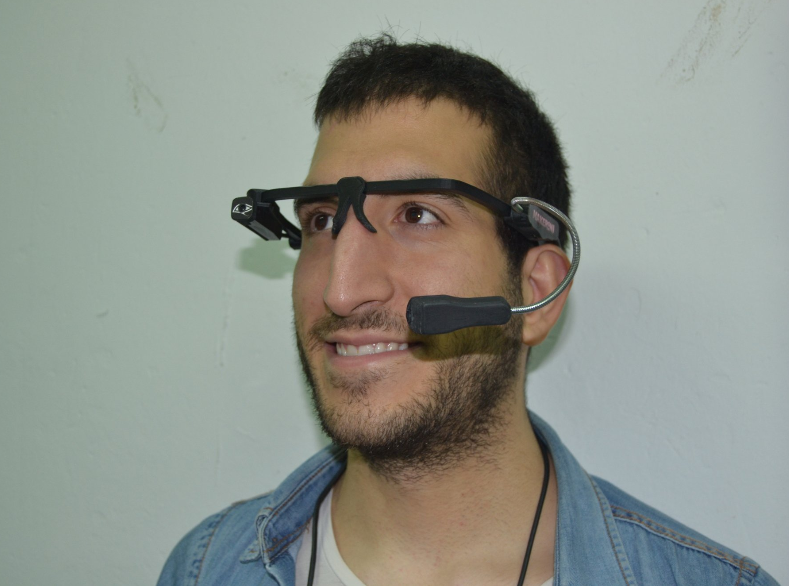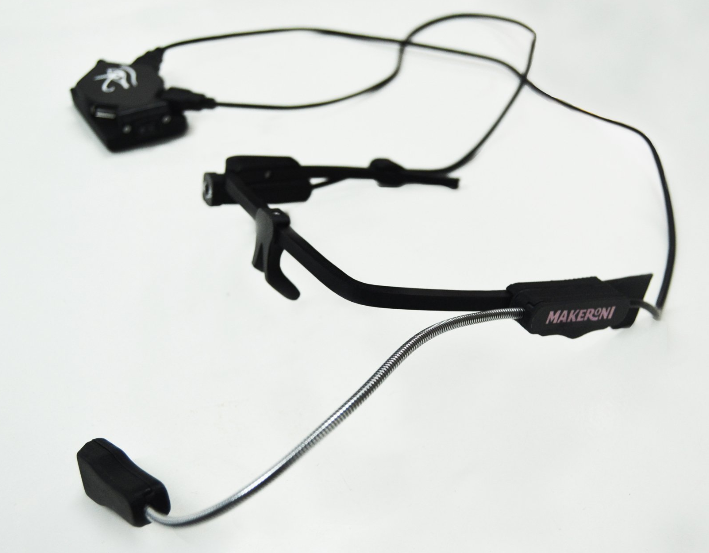Hackaday, the website and global online community of hackers that features stories on hacks and original material, launched its annual Hackaday Prize competition back in early March. Since then, they’ve been receiving some impressive submissions from across the hacking community. By “hackers” they don’t mean a computing wiz who finds ingenious ways to access data that’s, in one way or another, off limits. “Hacking” in this context is about using something in a way in which it was not originally intended for use.
“This highly creative activity,” says Hackaday, “can be highly technical, simply clever, or both.”
In other words, build it instead of buy it or repurpose it rather than throwing it away. And, by all means, 3D print it whenever possible!
The Hackaday Prize competition is for anyone who, says Hackaday Managing Editor, Mike Szczys, “can create, hack and tinker products.” The winners will be judged on their ability to create products that benefit the social or greater good. Hackaday shared one of the more compelling, recent submissions via their blog–the Eye of Horus Open Source Eye Tracking System. It’s being developed by Makeroni Labs in Zaragoza, Spain.
According to Hackaday, the Eye of Horus is an open source platform that can be used to control any device just by looking at it. The project, which is being developed from the ground up by a team of developers–hackers, to be clear–includes both hardware and software. Ultimately, the Eye of Horus will be an open source, wearable device.
 The Makeroni team is using 3D printing to produce the prototypes of the device, which look quite similar to Google Glasses. The eye tracking system will use low-cost infrared LEDs. When aimed at your pupil, the device works like a light beacon and a cheap frontal camera serves as a receptor, which indicates where the user is looking. An onboard micro computer, a coin-sized VoCore system, runs Linux. The Eye of Horus will have a Wi-Fi system that makes it an Internet of Things-compatible device, too.
The Makeroni team is using 3D printing to produce the prototypes of the device, which look quite similar to Google Glasses. The eye tracking system will use low-cost infrared LEDs. When aimed at your pupil, the device works like a light beacon and a cheap frontal camera serves as a receptor, which indicates where the user is looking. An onboard micro computer, a coin-sized VoCore system, runs Linux. The Eye of Horus will have a Wi-Fi system that makes it an Internet of Things-compatible device, too.
The primary goal is to develop the Eye of Horus to help disabled people with decreased mobility easily control various electronic devices. However, the Makeroni development team is aware that there could be a broad range of applications for their open-source eye tracking system. For instance, the Eye of Horus could improve work and safety of the ground engineers and astronauts at NASA. Another potential application would be in the realm of driving safety and control, as the Eye of Horus would allow drivers to interact with the radio or car phone without removing their hands from the wheel. The device could also monitor the driver’s eyes for fatigue or lack of attention to prevent accidents. Of course, there would also be some pretty exciting uses for the device with gaming. For example, the Eye of Horus could be utilized as an eye-controlled mouse to play video games, including positioning targets just by looking at them.
 We’ll be hearing more from Makeroni Labs and from Hackaday concerning other submissions and, of course, the winning entries. The launch of the submission period for the Hackaday Prize began with an “Idea Storm,” a period during which people were encouraged to submit ideas for projects whether or not they intended to do the building themselves. In essence, a massive, online brainstorming session.
We’ll be hearing more from Makeroni Labs and from Hackaday concerning other submissions and, of course, the winning entries. The launch of the submission period for the Hackaday Prize began with an “Idea Storm,” a period during which people were encouraged to submit ideas for projects whether or not they intended to do the building themselves. In essence, a massive, online brainstorming session.
Preliminary prizes are awarded to contest participants who “have an early start on their projects” rather than procrastinating. Official entries for the Hackaday Prize are due by August 17, 2015, so there’s still time if this is the first you’ve heard of the competition.  100 semifinalists are announced on August 31 and then, on October 5, 10 of those semifinalists move on as finalists. Also on October 5, the “Best Product” winner is announced as are the winners of each sponsor prize. Finally, on November 11, 2015 the Grand Prize and Second through Fifth Place winners are announced.
100 semifinalists are announced on August 31 and then, on October 5, 10 of those semifinalists move on as finalists. Also on October 5, the “Best Product” winner is announced as are the winners of each sponsor prize. Finally, on November 11, 2015 the Grand Prize and Second through Fifth Place winners are announced.
Stay tuned for updates from us and from Hackaday or, better yet, submit your own entry. The prizes are unbelievable–literally out of this world. That is, the top prize is a trip to outer space. No kidding. Or, the grand prize winner can opt for $196,883 cash instead of the space vacation. The winner of the “Best Product” prize gets $100,000. The folks at Hackaday and their amazing sponsors aren’t messing around, either. The Fourth Place prize may be the coolest prize offered in any contest ever (besides a trip into space)–it’s a trip to Geneva, Switzerland to tour CERN the home of the Large Hadron Collider. Of course, there are many more exciting prizes, including 3D printers. See the competition site for more information.
Will you be entering for the Hackaday Prize? What do you think of the idea behind the Eye of Horus? Join the discussion in the 3D Printed Open Source Eye Assistance forum thread over at 3DPB.com. Check out the video below for more information on the Eye of Horus project.
[Source: Smart Printing]
Subscribe to Our Email Newsletter
Stay up-to-date on all the latest news from the 3D printing industry and receive information and offers from third party vendors.
You May Also Like
Profiling a Construction 3D Printing Pioneer: US Army Corps of Engineers’ Megan Kreiger
The world of construction 3D printing is still so new that the true experts can probably be counted on two hands. Among them is Megan Kreiger, Portfolio Manager of Additive...
US Army Corps of Engineers Taps Lincoln Electric & Eaton for Largest 3D Printed US Civil Works Part
The Soo Locks sit on the US-Canadian border, enabling maritime travel between Lake Superior and Lake Huron, from which ships can reach the rest of the Great Lakes. Crafts carrying...
Construction 3D Printing CEO Reflects on Being Female in Construction
Natalie Wadley, CEO of ChangeMaker3D, could hear the words of her daughter sitting next to her resounding in her head. “Mum, MUM, you’ve won!” Wadley had just won the prestigious...
1Print to Commercialize 3D Printed Coastal Resilience Solutions
1Print, a company that specializes in deploying additive construction (AC) for infrastructure projects, has entered an agreement with the University of Miami (UM) to accelerate commercialization of the SEAHIVE shoreline...






























